Neuroscience

Neurotransmitter receptors function via various G-protein coupled and G-protein independent mechanisms that activate downstream intracellular signaling pathways such as cAMP/PKA, PI3K/AKT, phospholipase A2, and phospholipase C pathways. For instance, dopamine receptors act through adenylate cyclase to activate PKA and other signaling molecules, thereby mediate gene expression through the actions of CREB and other transcription factors. Other neurotransmitters such as NMDAR or AMPAR are associated with ion channels that control flux of Ca2+ and Na+, thus propagating the action potential across the post-synaptic neuron.
Dysfunctions in GABAergic/glutamatergic/serotonergic/dopaminergic pathways result in a broad range of neurological disorders such as chronic pain, neurodegenerative diseases, and insomnia, as well as mental disorders including schizophrenia, bipolar disorder, depression, and addiction.
-
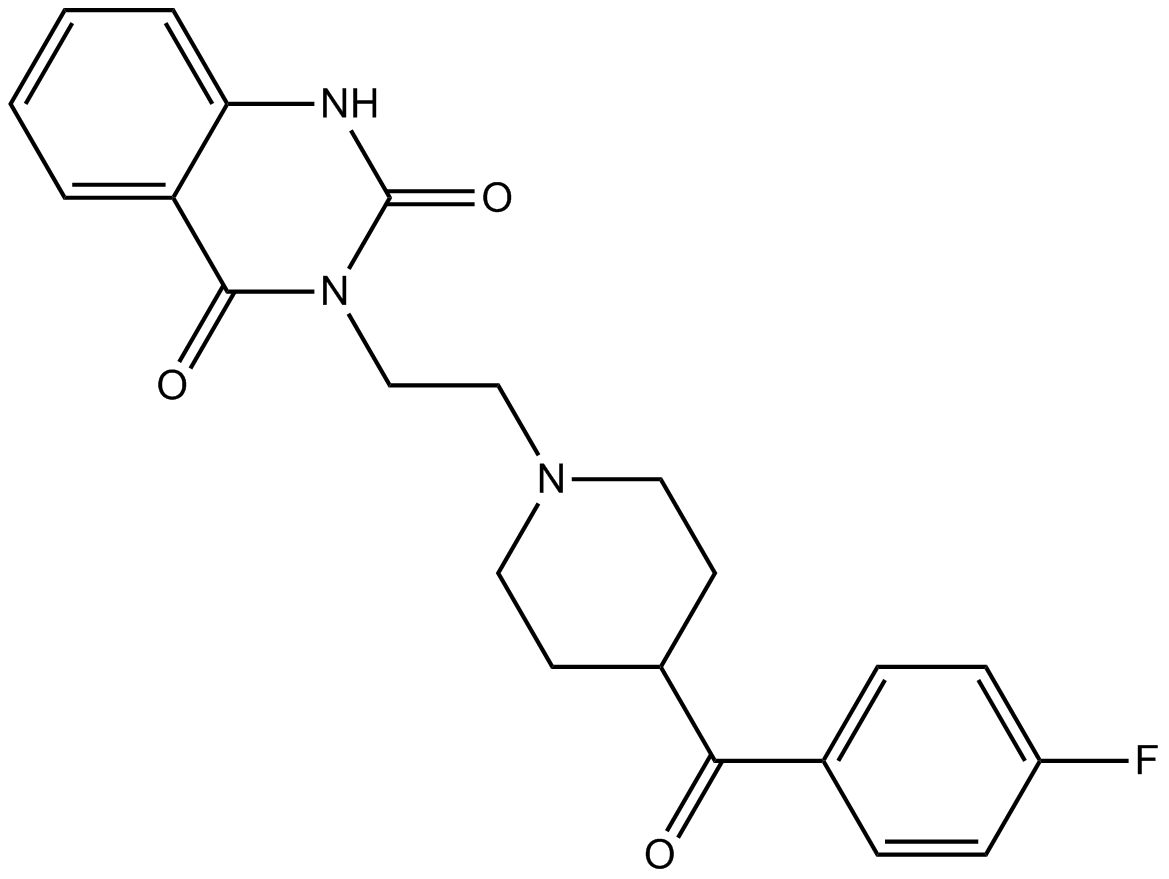 B2248 Ketanserin4 CitationTarget: 5-HT2 ReceptorsSummary: specific 5-HT2A serotonin receptor antagonist
B2248 Ketanserin4 CitationTarget: 5-HT2 ReceptorsSummary: specific 5-HT2A serotonin receptor antagonist -
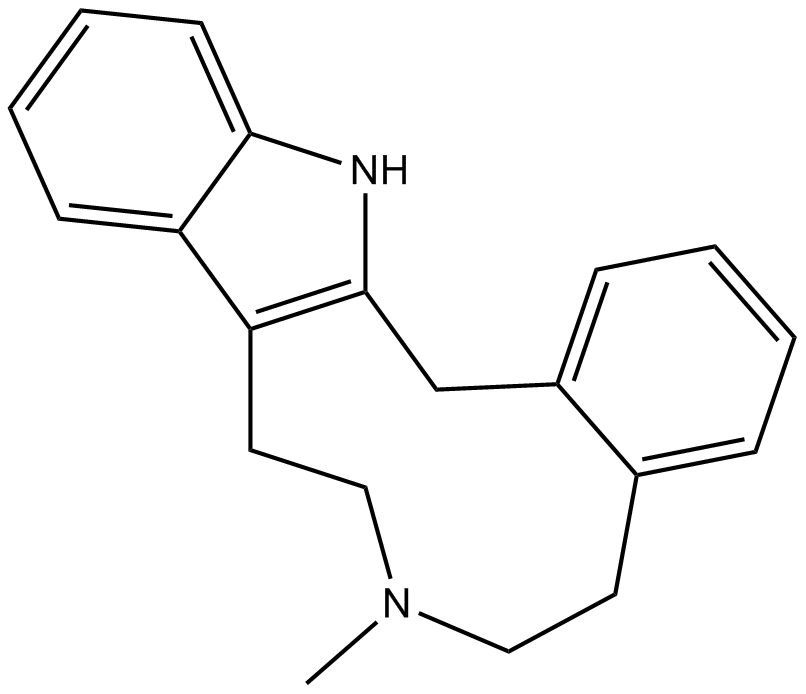 B6824 LE 300Summary: dopamine D1 receptor antagonist
B6824 LE 300Summary: dopamine D1 receptor antagonist -
 B6979 Carcinine ditrifluoroacetateSummary: H3 receptor antagonist
B6979 Carcinine ditrifluoroacetateSummary: H3 receptor antagonist -
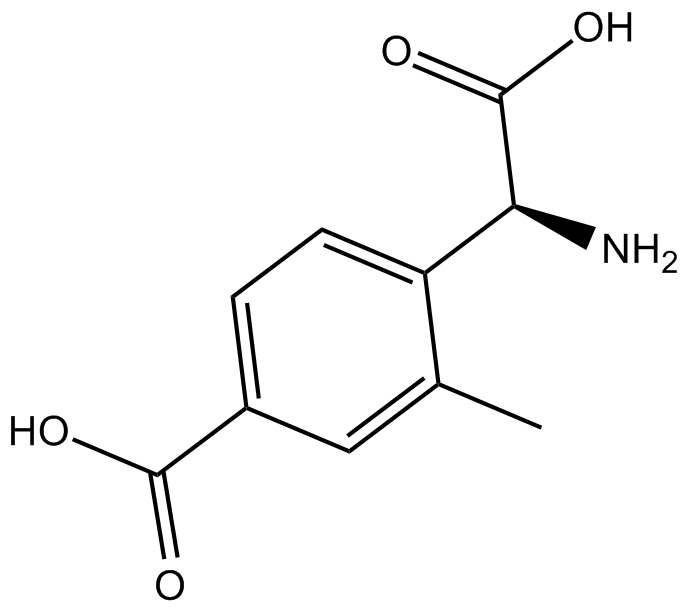 B6649 LY 367385Summary: mGlu1a receptor antagonist
B6649 LY 367385Summary: mGlu1a receptor antagonist -
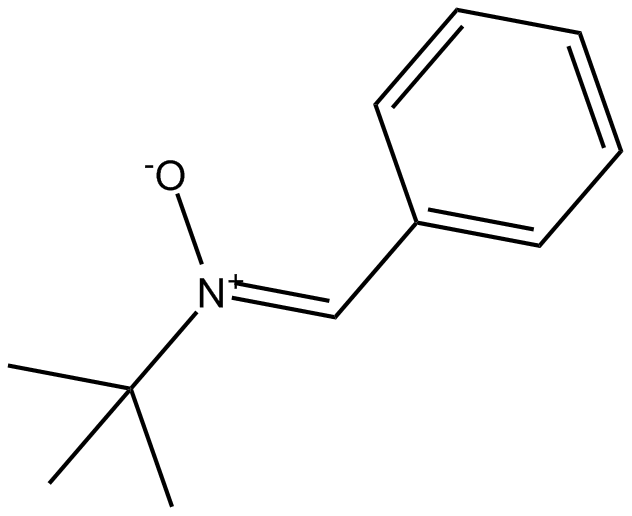 C4812 N-tert-butyl-α-PhenylnitroneSummary: COX-2 inhibitor
C4812 N-tert-butyl-α-PhenylnitroneSummary: COX-2 inhibitor -
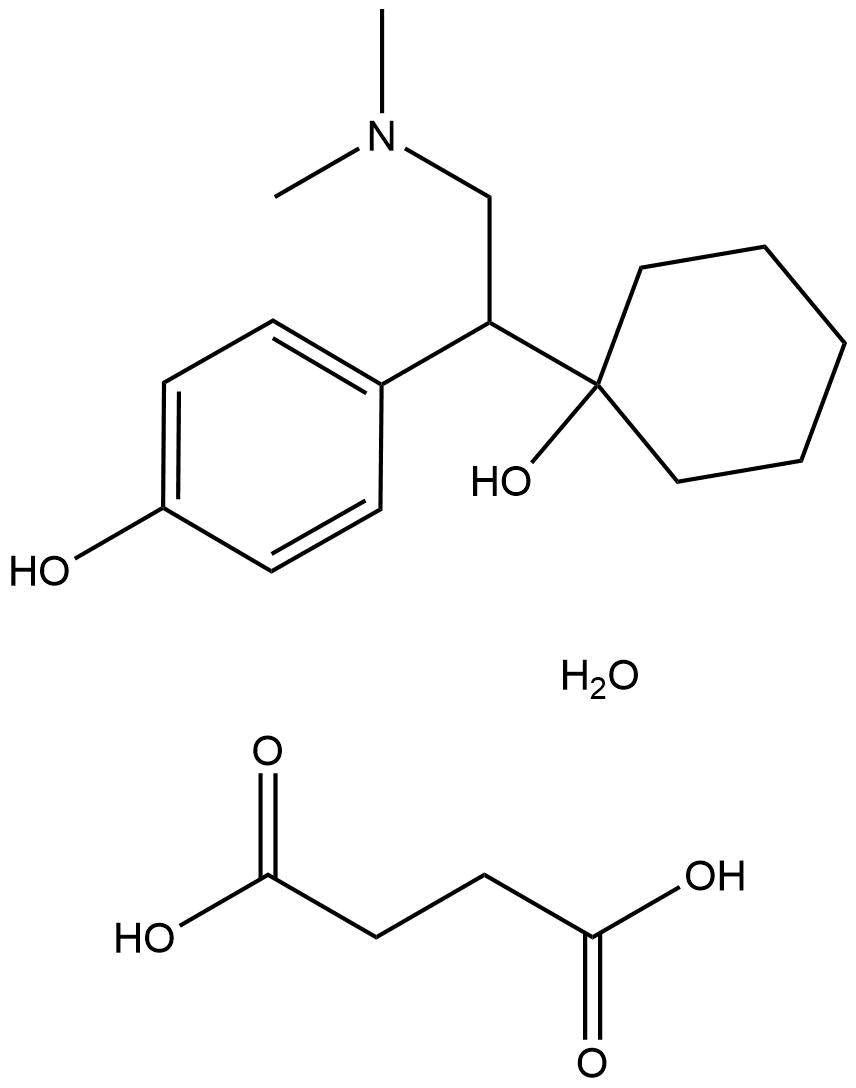 B2246 Desvenlafaxine SuccinateSummary: serotonin (5-HT) transporter and norepinephrine (NE) transporter reuptake inhibitor
B2246 Desvenlafaxine SuccinateSummary: serotonin (5-HT) transporter and norepinephrine (NE) transporter reuptake inhibitor -
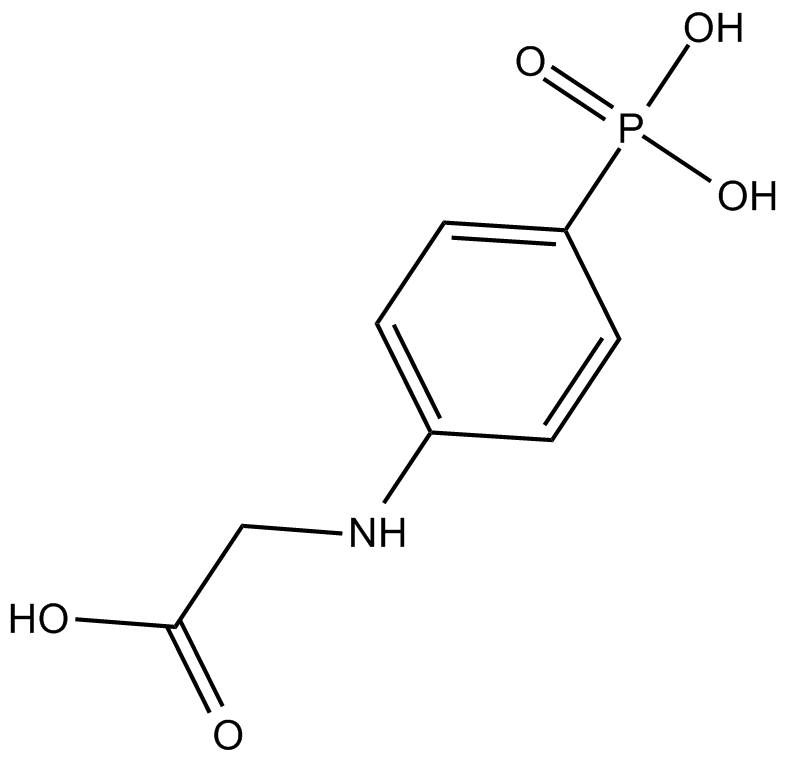 B6640 (RS)-PPGSummary: group III metabotropic glutamate receptor agonist
B6640 (RS)-PPGSummary: group III metabotropic glutamate receptor agonist -
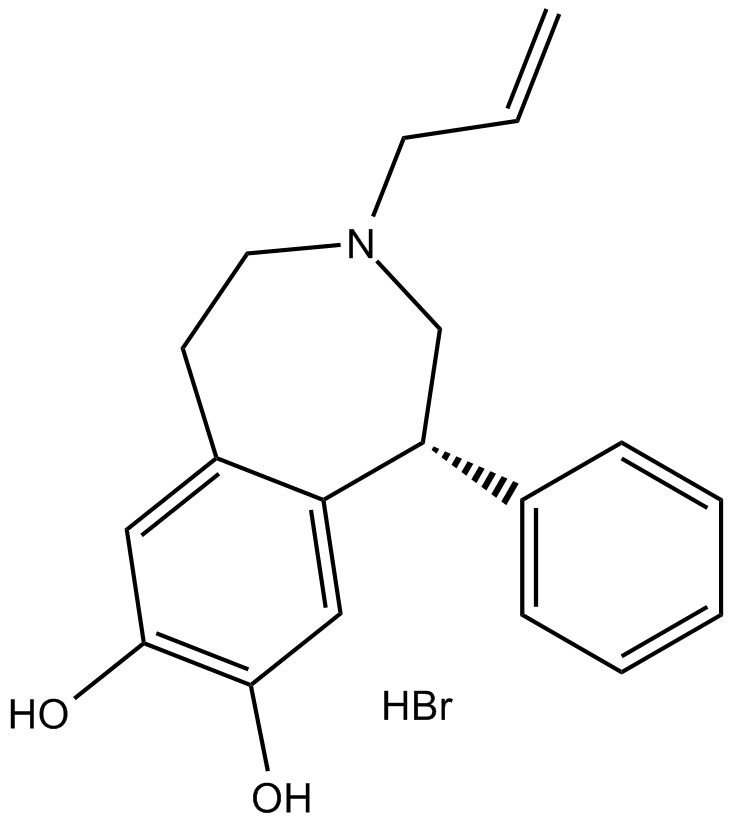 B6820 SKF 77434 hydrobromideSummary: dopamine D1-like receptor partial agonist
B6820 SKF 77434 hydrobromideSummary: dopamine D1-like receptor partial agonist -
 B6931 ROS 234 dioxalateSummary: H3 antagonist
B6931 ROS 234 dioxalateSummary: H3 antagonist -
 B2245 BRL-54443Summary: 5-HT1E/1F receptor agonist,potent and selective
B2245 BRL-54443Summary: 5-HT1E/1F receptor agonist,potent and selective

